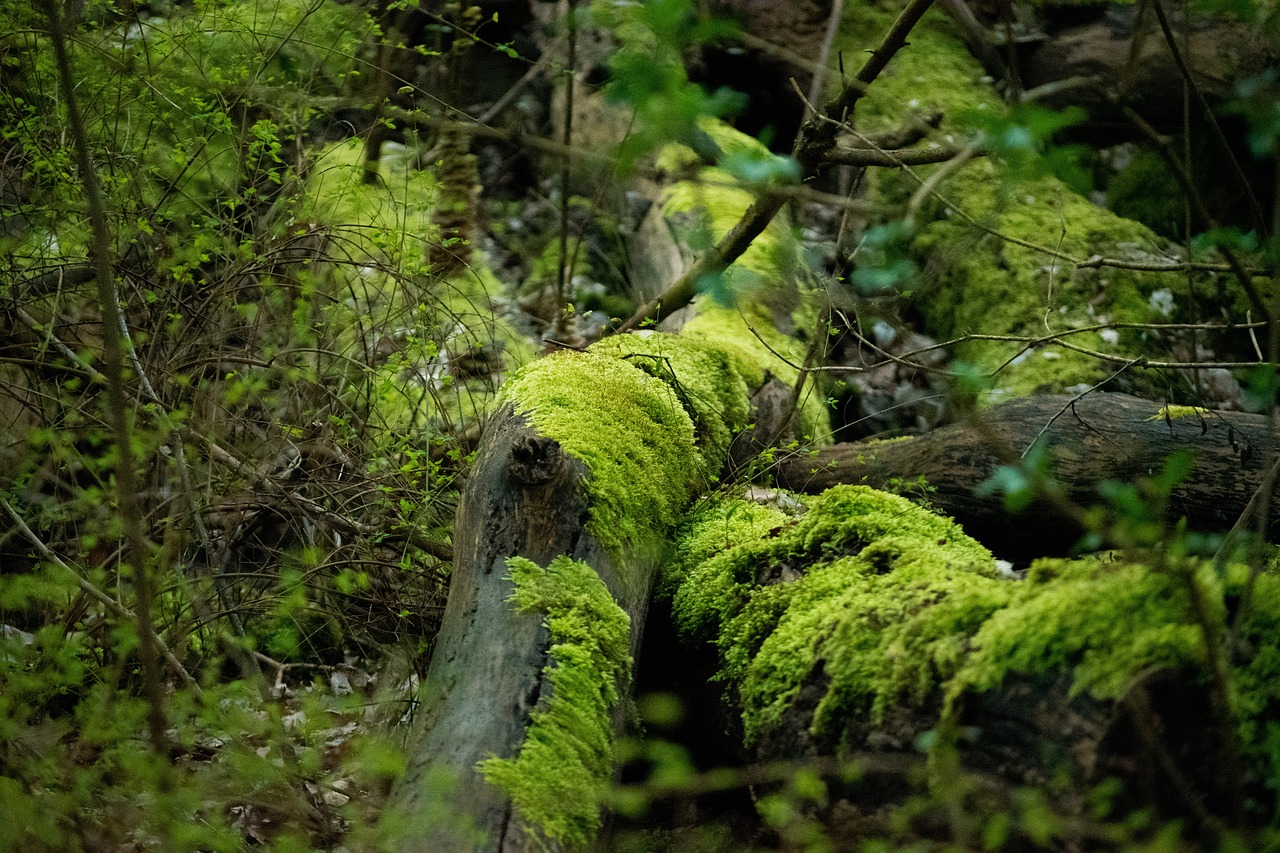Table of Contents
ToggleIntroduction:
Access to clean and safe drinking water is a basic human right, yet millions of people across the world suffer from waterborne diseases caused by contaminated water. Arsenic contamination in water is a significant issue, with more than 200 million people worldwide exposed to unsafe levels of arsenic in drinking water. However, a breakthrough discovery by researchers has found that moss could be a game-changer in the water treatment industry. In this article, we’ll explore the discovery of the moss that removes arsenic from contaminated water, how it works, and its potential impact.
The Discovery:
A team of researchers from Stockholm University discovered that a common aquatic moss, Warnstorfia fluitans, can effectively remove arsenic from water. The researchers found that the moss absorbs arsenic from the water through its cell walls, resulting in a process called adsorption. The arsenic is then stored in the moss’s cells, effectively removing it from the water. This discovery is significant as it offers a natural and sustainable solution to remove arsenic from contaminated water.
How it Works:
The moss’s ability to remove arsenic from water is attributed to its unique cell structure. The moss’s cells have negatively charged walls, which attract positively charged arsenic ions. The moss can absorb up to 82% of arsenic from water, making it an effective method of water treatment. Additionally, the moss’s ability to regenerate and grow in polluted environments makes it a sustainable and cost-effective solution.
Potential Impact:
The discovery of the moss that removes arsenic from water has the potential to revolutionize the water treatment industry. Currently, traditional methods of arsenic removal are expensive and energy-intensive, making them inaccessible to many communities in need. The use of moss as a natural and sustainable solution offers a more cost-effective and accessible method of water treatment. Additionally, the moss’s ability to grow in polluted environments could also help in the remediation of contaminated areas.
Conclusion:
The discovery of the moss that removes arsenic from contaminated water offers a natural, sustainable, and cost-effective solution to water treatment. The ability of Warnstorfia fluitans to absorb up to 82% of arsenic from water is significant and could potentially revolutionize the water treatment industry. As this discovery continues to be studied and developed, it has the potential to provide access to clean and safe drinking water to millions of people across the world.







